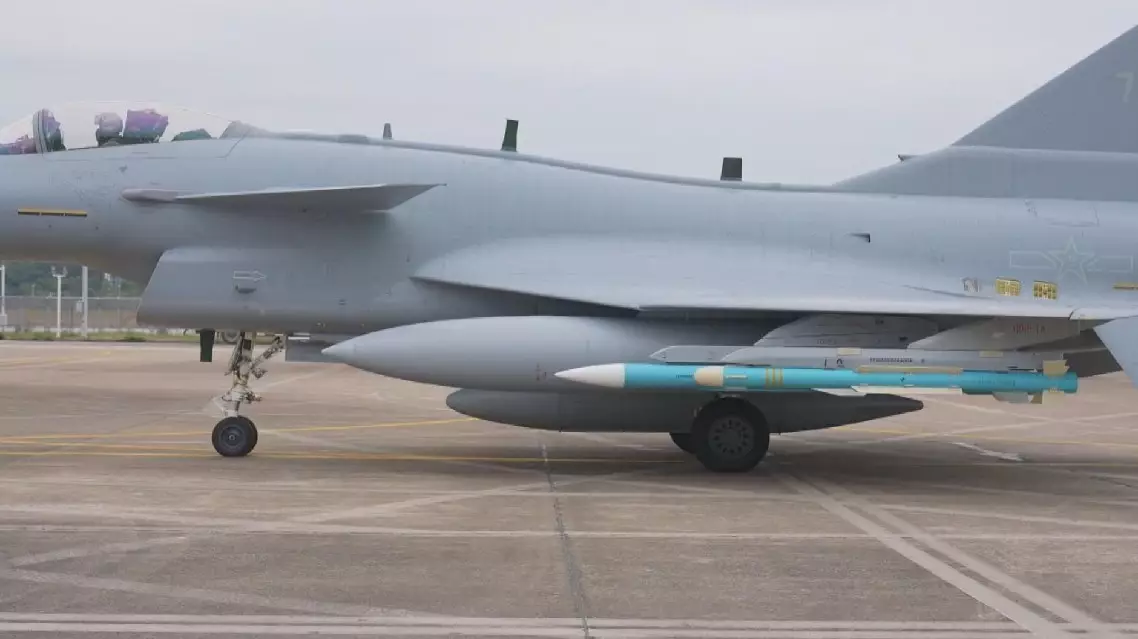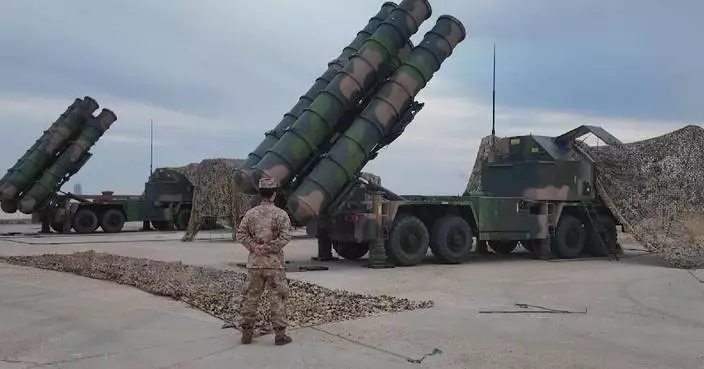The first batch of the Chinese air force's main fighters arrived at the Zhuhai Jinwan Airport in south China's Guangdong Province on Saturday for the 15th China International Aviation and Aerospace Exhibition, or the Zhuhai Airshow.
A J-10C, a multirole fighter jet equipped with advanced air-to-air and air-to-ground weaponry, was the first to touch down at the airport and will be on static display at this year's airshow. This fighter jet and two others, J-20 and J-16, dubbed "three musketeers of the sky," are at the core of the Chinese air force.
The airshow will take place from Nov. 12-17, attracting 1,022 companies from 47 countries and regions. Russia, France, the United States, Saudi Arabia and Italy will participate in the biennial aerospace trade show in groups.
Russia's Warrior aerobatic team will make a stunning return after an absence of eight years. As the stars of every airshow, the air force's Bayi (August 1) and Hongying (Red Eagle) aerobatic teams will arrive in Zhuhai in succession.
As an export-oriented international event, the Zhuhai Airshow offers a rare venue to observe China's military aircraft up close, especially the newest models.

Chinese air force fighters arrive for Zhuhai airshow
A new direct passenger flight route from Ningbo City of east China's Zhejiang Province to Cambodia's capital Phnom Penh opened on Wednesday, which also marked the first international flight out of the city's airport in 2025.
The new flight departs from the Ningbo Lishe International Airport at 13:30 and takes just under four and a half hours to reach the Cambodian capital. Operated by Cambodian airlines, it is scheduled to fly every Monday, Wednesday and Friday, with the return flight departing Phnom Penh at 07:40 local time on the same days.
The direct route provides an important travel option for tourists, especially those from Ningbo and the surrounding areas. Pang Cuili, a Ningbo resident who had to transit in Shanghai for a midnight arrival in Phnom Penh, said the new service now offers much greater convenience.
"We'll fly at 13:30 and arrive at around 16:50. It’s very convenient [timing] for us to check into the hotel after arriving," she said.
As the capital and largest city of Cambodia, Phnom Penh has long been an important international aviation hub in Southeast Asia, with the new route giving a further boost to the economic and cultural exchanges between Ningbo and ASEAN countries.
"Today marks the first flight of Ningbo Airport's regular direct passenger service to Phnom Penh, Cambodia. The opening of this route is also an important move for the airport to help implement the Belt and Road Initiative, enriching international passenger transport routes, and further speeding up the recovery of the international market," said Chen Qiaoyu, manager of the Market Development Department at the Ningbo Lishe International Airport.
As Cambodia Airlines' first route out of Ningbo Airport, the new service also signals the airline's broader plans to connect various parts of China with Cambodia in the coming year.

Ningbo airport launches first direct flight to Phnom Penh










